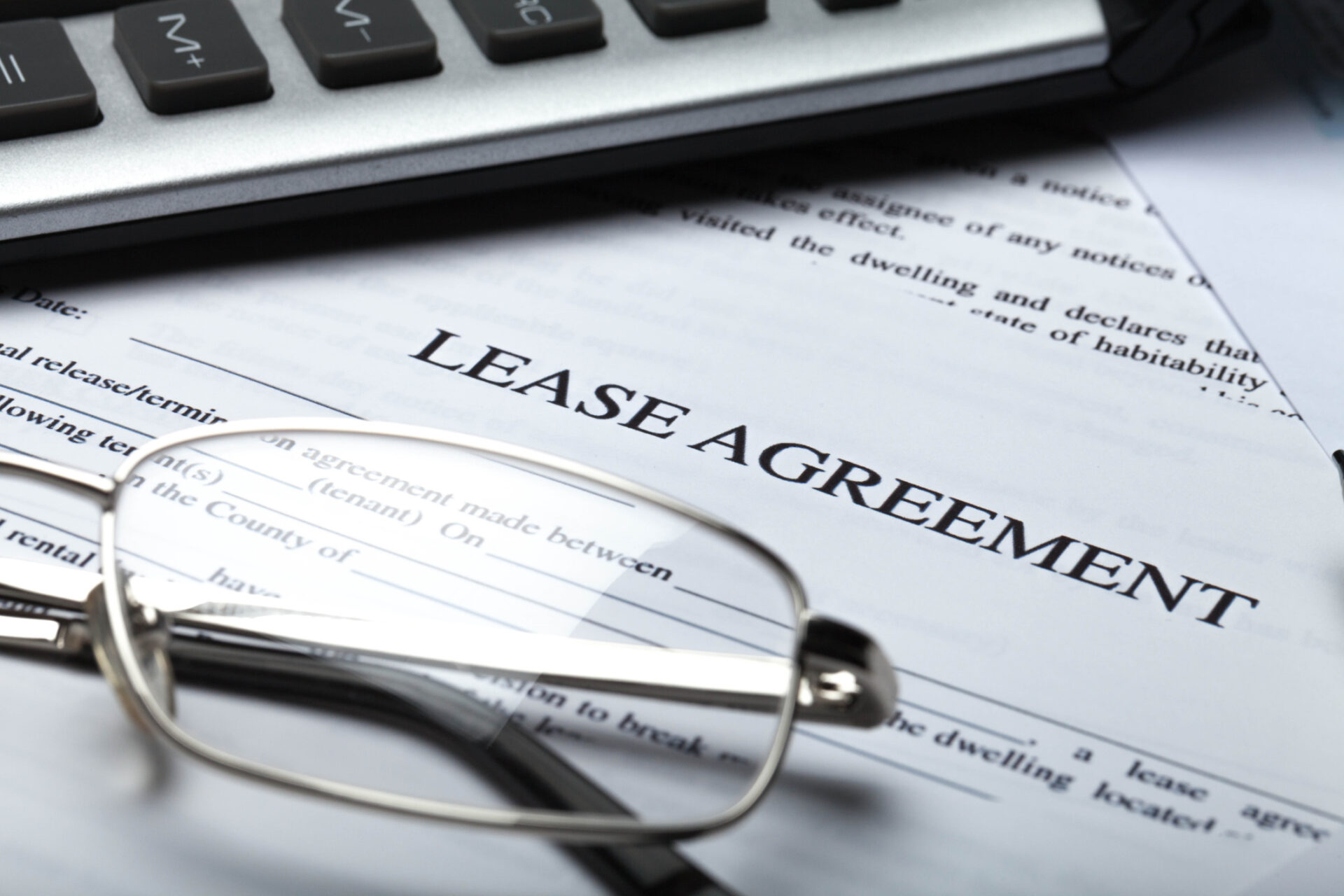With downsized workforces and employees working from home, many businesses are realizing they need less office space. Even with adjusting individual workspaces for new social-distancing guidelines, business owners see the technological advances and other changes in the way they have worked for the last six months becoming a long-term rather than short-term strategy. What then becomes of unused office space? Landlords and business owners are working together to come up with solutions.
Since the beginning of the coronavirus pandemic, half of American workers are now working from home, according to the National Bureau of Economic Research. In addition, over 80% of office workers would like to continue to work from home at least one day a week even after the pandemic ends, according to a June survey by Pricewaterhouse Coopers.
Can I Lease Less Space?
Given these statistics, renegotiating for less space would seem a simple answer for getting rid of extra space but is usually not an option in an office lease. Most landlords have mortgages and other financing on their property that require them to not only obtain approval from their bank or other lender before making significant and permanent lease changes but might lead to them having to renegotiate their loans. If you lease more than one space in a building, however, you might be able to negotiate surrendering one specifically defined, or demised, space in exchange for an extension of the lease or increased rent on your other spaces.
Assign Entire Lease
Landlords are more likely to approve a sublease for the portion of your space you are not using or allow you to assign your lease to another party. Most leases have clauses that spell out whether these are allowed and specifically how they should be done. If you want to leave your current space and assign all of your lease to another party, the new tenant will then hold the relationship with and be contractually bound to the landlord. Make sure to have your landlord release you from the original lease, otherwise you might still be liable if the assignee defaults.
Subleasing a Portion
In the COVID-19 world, subleases are becoming a more popular way to deal with unused office space. In fact, in the Atlanta market, 634,000 square feet of space became available through sublease in March, April and May 2020. That’s a 20% increase in amount of subleased space available at the beginning of the year, according to commercial real estate analysts GlobeSt.com.
Some landlords will require they approve the subtenant. In a sublease, the original leaseholder can set the subtenant’s rent amount and the new tenant pays rent to the original leaseholder. The original leaseholder then pays the landlord the full amount of monthly rent. One downside of leasing your extra space is if the subtenant violates any of the original lease’s provisions, you as the original leaseholder are usually still responsible.
Keep Space but Negotiate Rent
If you are having trouble meeting your rent payments, don’t want to sublet or assign, and cannot reduce the amount of space you lease, you can still try to negotiate some form of rent leniency or adjustment. Be open with your landlord and disclose the reasons for your difficulty paying rent. You might be able to negotiate a temporary rent freeze, tack on additional payments at the end of your lease, delay a few month’s payments with added interest, or figure out a plan that ties the period of rent to your revenues.
Lease Experts
Any adjustments to your lease, whether it be subletting or negotiating rent leniency, should be discussed with your attorney. The experienced attorneys at InPrime Legal can advise you on finding options and negotiating favorable solutions for lease adjustments in the COVID-19 pandemic.
Call us at 770-282-8967 to discuss these, and other challenges you’re facing as a business owner during the pandemic.










